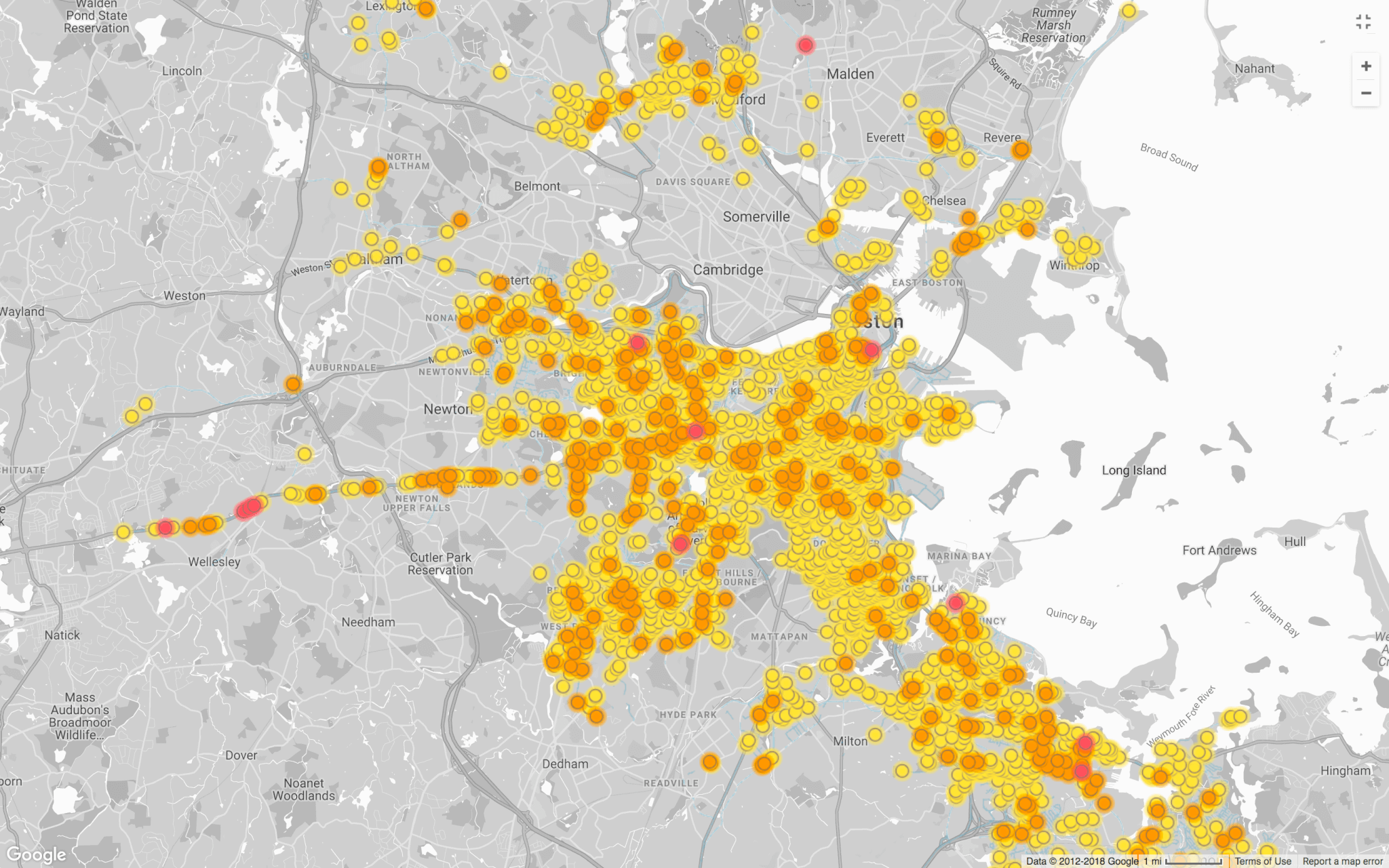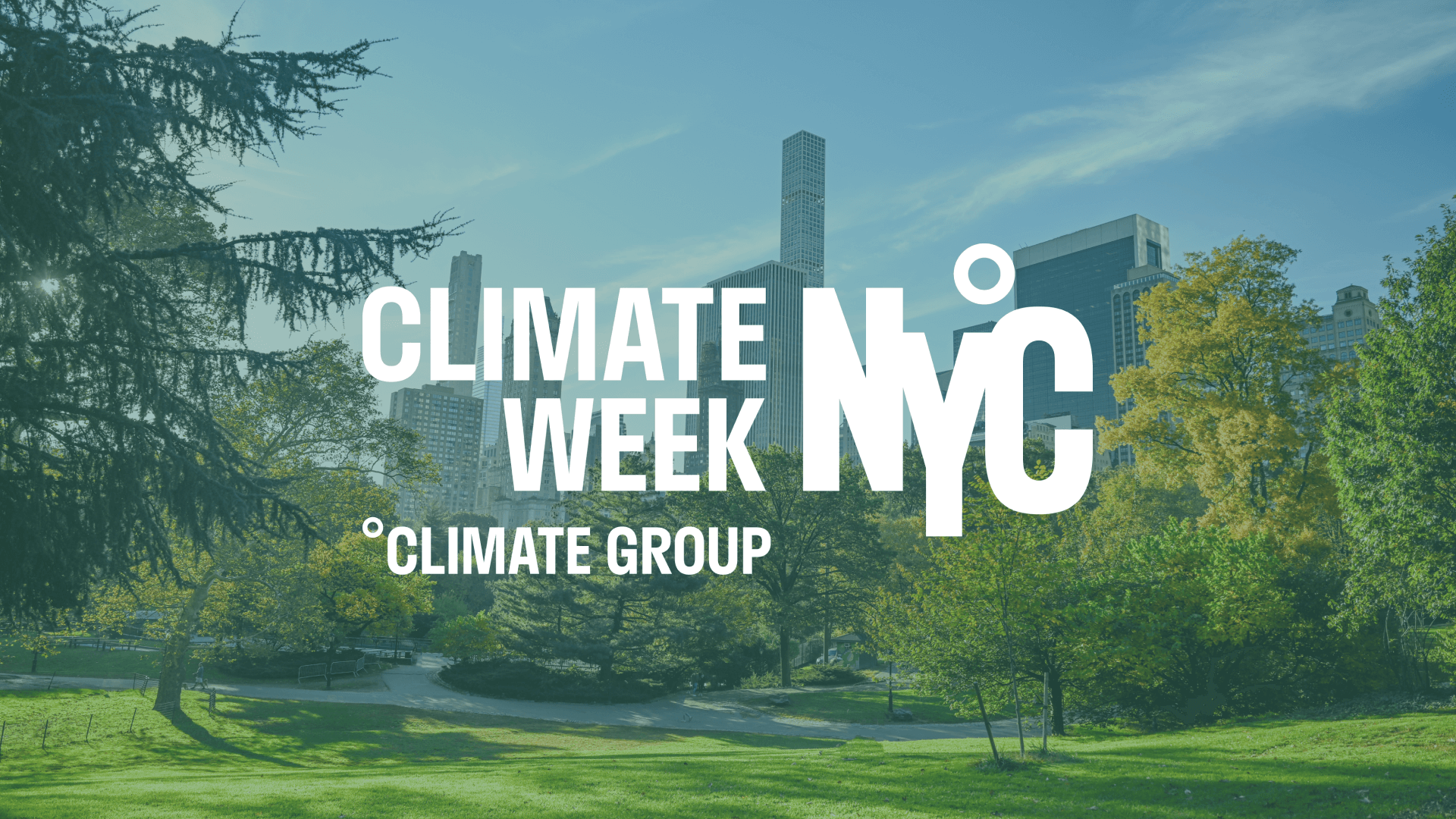
Identifying the source and scale of non-CO2 climate pollution has been difficult and contentious, proving that when it comes to fighting climate change, the old carpenter’s adage ‘measures twice, cut once’ is more than apropos.
Two recent New York Times articles address the importance of curbing non-CO2 greenhouse gases, and highlight organizations that, with support from ClimateWorks Foundation, are working around the world to drive down emissions.
Last Thursday, the Times wrote up the result of a massive study by the Environmental Defense Fund (EDF) and its partners which showed that methane emissions from US oil and gas infrastructure is 60 percent higher than the US Environmental Protection Agency (EPA) estimates. This is the latest, and best researched, salvo in a years-long battle to ensure that the US switch from coal to gas isn’t inadvertently increasing climate pollution because of methane leakage.
The global warming impact of methane is up to 80 times that of CO2 over a 20-year time span, so even small amounts of leakage are significant, and costly. EDF found that $2 billion worth of gas is being wasted every year. Once identified, leaks are relatively easy and cost-effective to repair. As a result, there should in theory be incentive for the industry to clean up its act, but, the industry is dragging its feet on voluntary initiatives and resisting the best data. This new study should put the ball back in the court of polluters to clean up their act.
$2 billion worth of gas is being wasted every year.
Yesterday, the Times followed up a recent Nature article which showed that atmospheric measurements of chlorofluorocarbon-11 (CFC-11), a chemical banned under the Montreal Protocol, had stopped falling steadily since 2013, indicating new sources of emissions. As an ozone-depleting super-greenhouse gas, it represents a double whammy for the environment. Researchers now suspect that CFC-11 is being manufactured and used in China, contrary to Chinese law, but where enforcement of central government edicts can be challenging and complex with myriad small-scale producers.
Thanks again to sharp-eyed scientists, shutting down these sources of CFC-11 could prevent 1.8 billion tons of CO2 emissions through 2030. The Chinese government has welcomed analysis and technical support aimed at helping it enforce its policies in the past, and we hope they will respond in the same manner in this instance.
Because super pollutants like methane and fluorocarbons are so potent in such small quantities, knowing what’s being emitted where is of paramount importance. As we have been since 2009, ClimateWorks will continue to support research and advocacy focused on the importance of monitoring non-CO2 greenhouse gases as the basis of a strategy to cut their emissions in line with the goal to prevent dangerous climate change.

